 Any idea who Dustin Farnum, Monroe Salisbury and Winifred Kingston were? In fact, they hold a prestigious claim in Hollywood history. They starred in 1914’s “The Squaw Man,” co-written and co-directed by Cecil B. DeMille. The 74-minute flick was the first U.S. feature-length movie.
Any idea who Dustin Farnum, Monroe Salisbury and Winifred Kingston were? In fact, they hold a prestigious claim in Hollywood history. They starred in 1914’s “The Squaw Man,” co-written and co-directed by Cecil B. DeMille. The 74-minute flick was the first U.S. feature-length movie.
DeMille, the brilliant (now legendary) director, was somewhat reluctant to take on the project. The best jobs come through networking and, in this case, DeMille had a great contact – his mother got him the gig.
But, once he agreed to make the picture, he was quick to recognize the potential of Los Angeles’ dramatically beautiful scenery for exterior shots. For interiors, DeMille rented a barn at Selma and Vine streets in Hollywood for $200 a month. DeMille’s western saga turned out to be a commercial success and helped establish Hollywood as the world’s top spot for movie making.
The old barn now stands at 2100 N. Highland Ave. and is home to the Hollywood Heritage Museum, which is hosting a “Squaw Man” centennial party on Tuesday, July 1, from 5-8 p.m. The event will include a continuous screening of the movie, special presentations from authors and historians, and a party with retro touches, such as antique cars. Barbeque and beverages will be served.
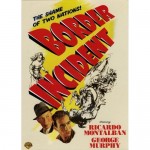 The Hollywood Chamber of Commerce is co-hosting the event. Admission for chamber and museum members is free. Tickets for the general public are $10 for adults (free for kids under 10). There is free parking in Lot D off of Odin St. Register for the party here.
The Hollywood Chamber of Commerce is co-hosting the event. Admission for chamber and museum members is free. Tickets for the general public are $10 for adults (free for kids under 10). There is free parking in Lot D off of Odin St. Register for the party here.
Also of note: “Border Incident” (1949, Anthony Mann), starring Ricardo Montalban, George Murphy and Howard Da Silva, plays tonight at the Ricardo Montalban Theatre, 1615 Vine St., in Hollywood! And there’s more Montalban noir next month. See the site for more info.





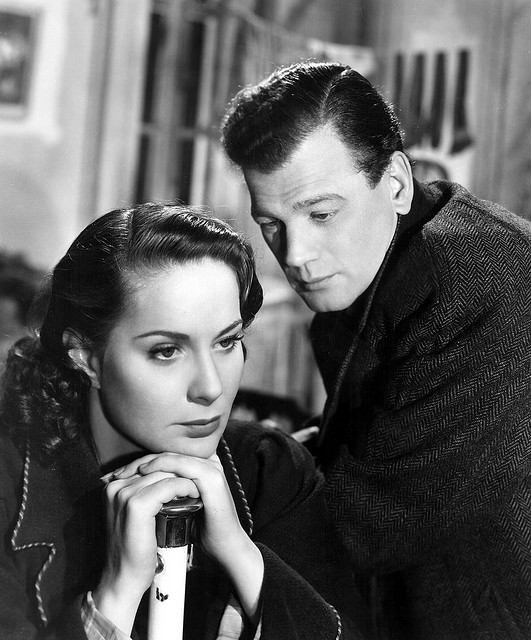
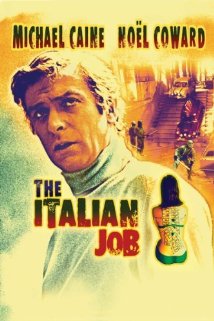
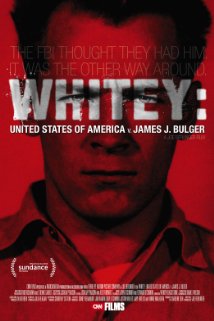
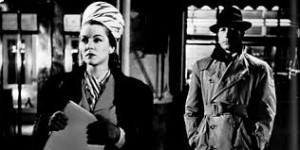
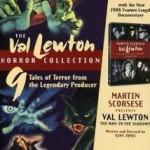
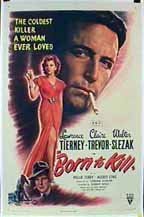
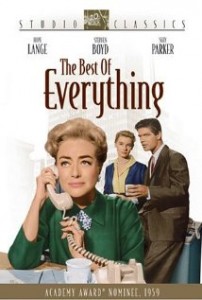
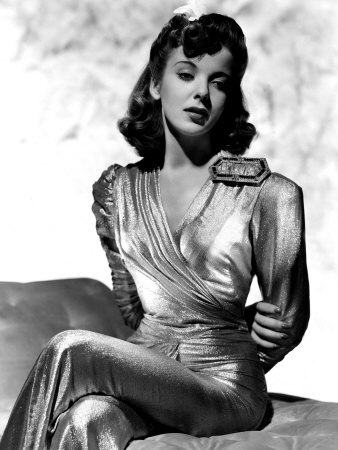
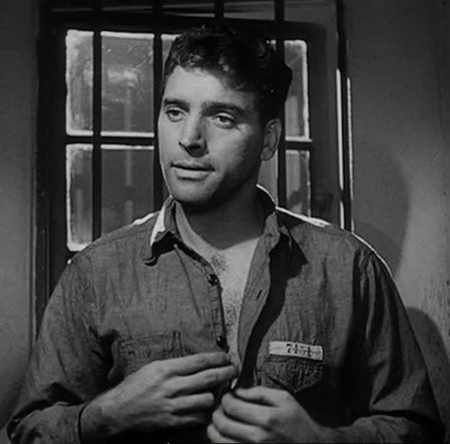
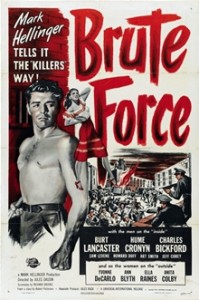
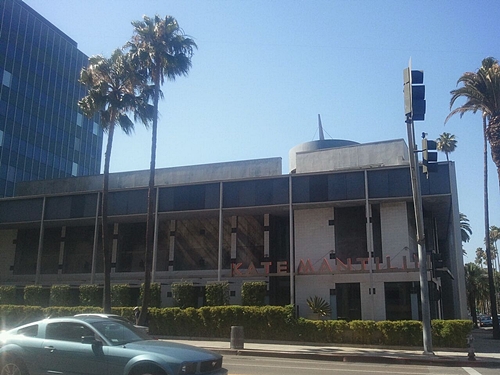
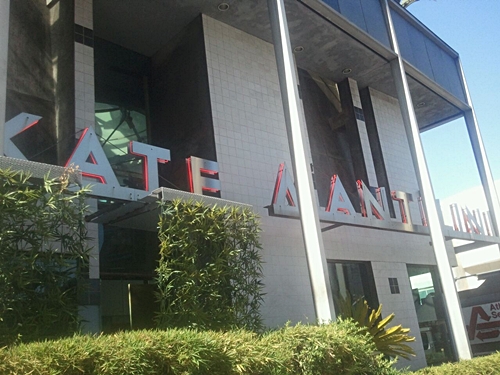
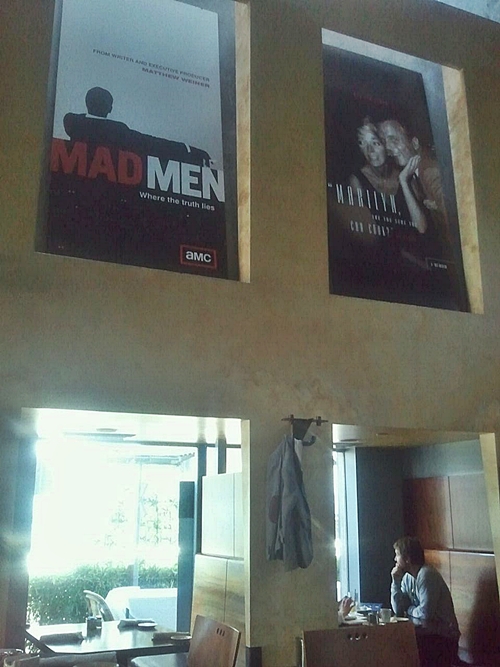
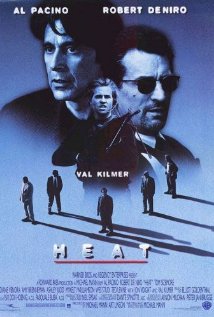

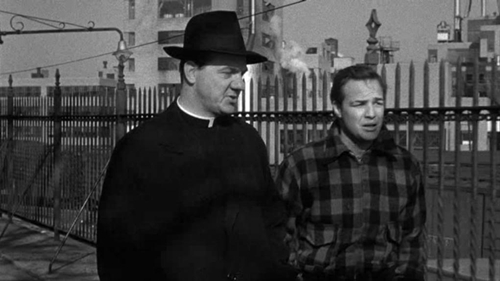
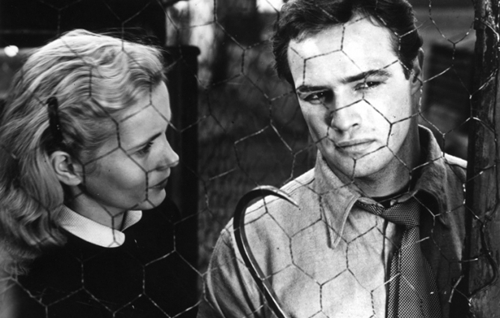
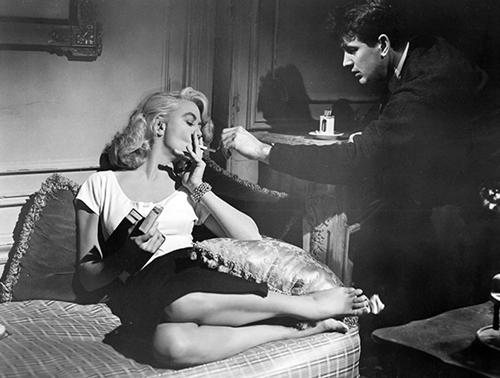
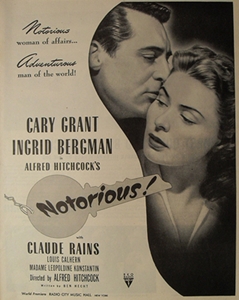
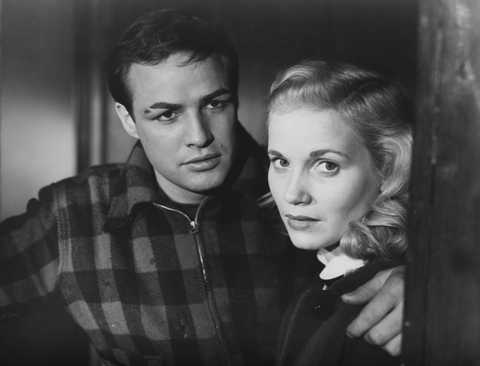
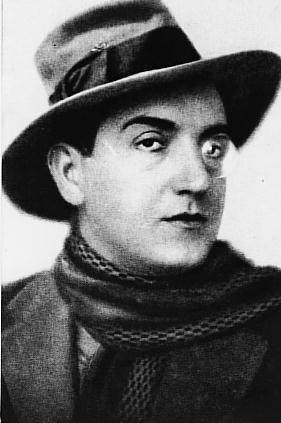





From FNB readers